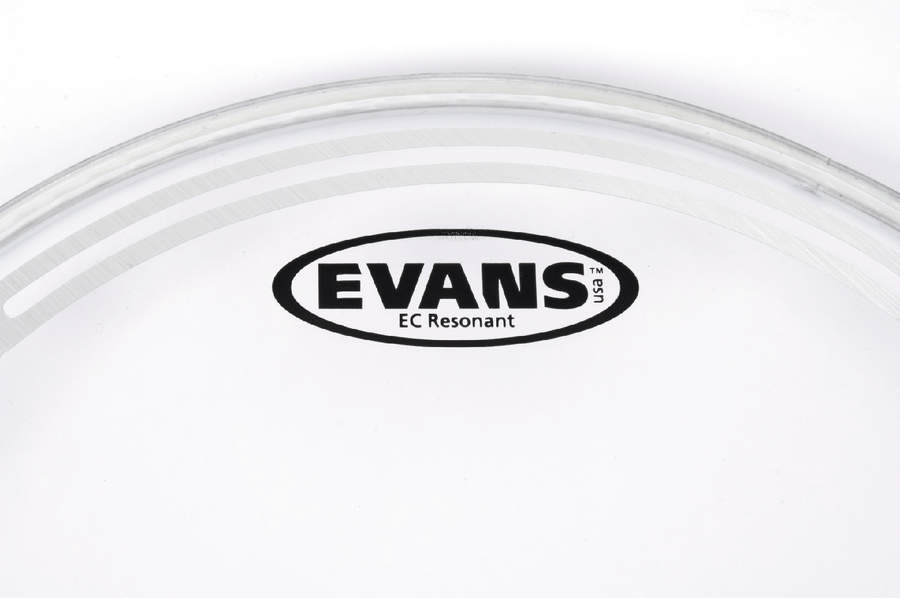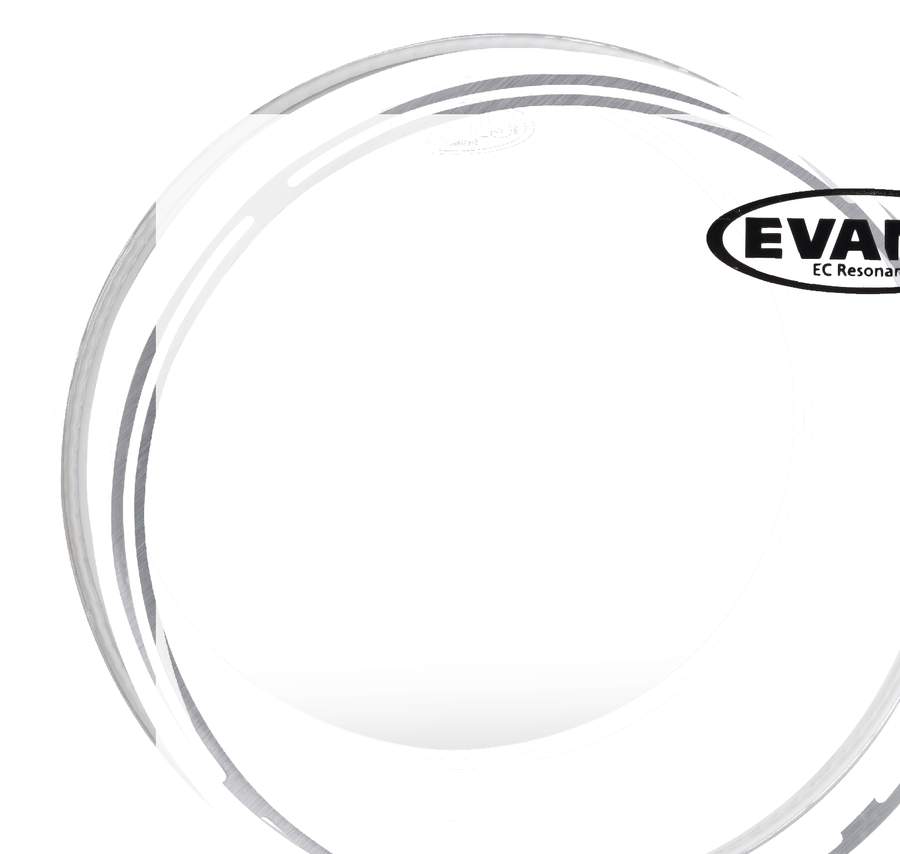MusicRadar Verdict
The Edge Control ring from Evans is a clever piece of design that pretty much fulfils the manufacturer's claims. In the right setting, there is no question that the Edge Control Resonant heads work extremely well, bringing extended depth and warmth to drums. While they are ideal for creating a big, fat tom sound, they do need to be combined with sympathetic batter heads.
Pros
- +
Dampens without choking. Clever design allows the head to vibrate all the way to the hoop.
Cons
- -
You'll need really decent batter heads for best results.
MusicRadar's got your back

Evans EC Resonant Heads

Evans EC Resonant Heads
Back in 1956, Evans was the first company to create synthetic drumheads. Over five decades later the company continues to be a highly distinctive brand with a reputation for innovation. Since their introduction in 2005, the company´s EC1 and EC2 batter heads have won many plaudits, to the extent that Evans has now decided to fit Edge Control rings to a new range of resonant heads.
Build
The theory behind the Edge Control ring is that it dampens the head without choking it. This is, of course, something that all the other makers of heads think that they have cracked too.
"The ring has a brushed silvery finish that makes it resemble a strip of metal. Evans won´t say what it´s actually made of - only that it is definitely not metal".
Evans points out that where other manufacturers´ heads feature damping rings that are fixed all the way into the hoop, the Edge Control ring is placed a centimetre in from the glue ring, thus allowing the head to continue vibrating all the way to the hoop. Evans claims that the design means that that edge vibration is controlled rather than eliminated, leading to a more centered pitch and a ‘desirable mid-range frequency bump´.
EC Resonants are only available as clear heads and are constructed from a single 10 mil layer of film. Glued to the bottom of the head (that is the side that faces in towards the drum) is the Edge Control ring. It is 12.5mm wide but is ventilated into two 4.5mm-wide strips for the majority of its circumference, meeting at four points for its full width.
The ring has a brushed silvery finish that makes it resemble a strip of metal. Evans won´t say what it´s actually made of - only that it is definitely not metal.
Hands on
We tested the EC Resonants on a variety of drums. They influenced the sound across the board in varying degrees and in certain situations really excelled. We found them most effective on naturally warm drums fitted with slightly drier-sounding batter heads.
In these circumstances, the EC Resonants made quite a difference, noticeably fattening up the drums without stifling their resonance or tone. On brighter-sounding, thinner-headed drums the EC Resonants didn´t have such a decisive effect, as brightness and fatness, while not being mutually exclusive, are not easy to attain in equal measures.
EC Resonants have been designed to add focus to the sound and, when paired with appropriate batter heads, the results are certainly impressive. In a controlled environment such as a studio they could be particularly useful.
“I have an original 909 – every time I try to use it I feel like I’m ruining it”: House hero Riva Starr on his studio essentials and his love of analogue synths
“A synthesizer that is both easy to use and fun to play whilst maintaining a decent degree of programming depth and flexibility”: PWM Mantis review
“I feel like that song had everything we needed to come back with”: Bring Me The Horizon’s Lee Malia on Shadow Moses, its riff and the secrets behind its tone, and why it was the right anthem at the right time









